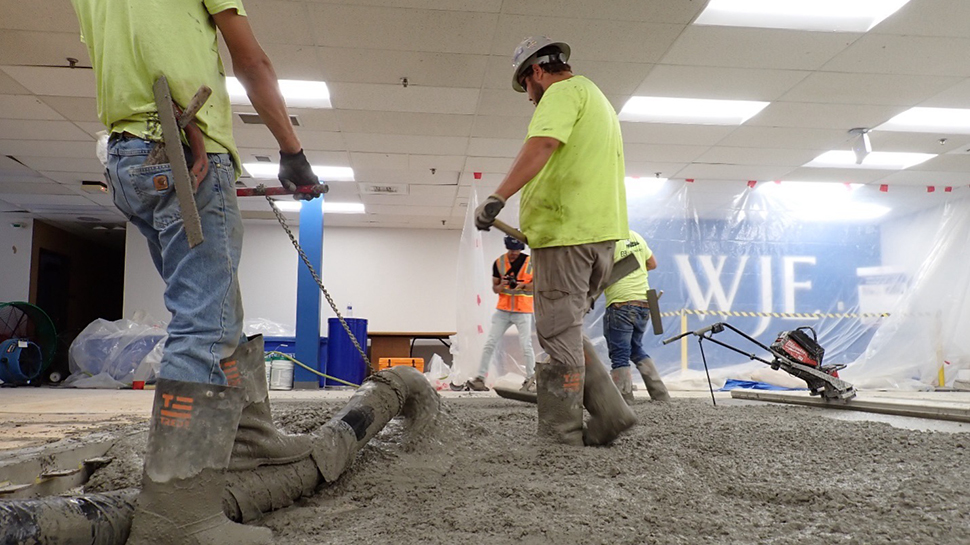
- Concrete production, heavily cement-dependent, drives carbon emissions
- Essential building material contributes 6% of emissions globally
- Tech giants prioritizing sustainable construction with “green concrete”
Tech giants are increasingly exploring ways to make data centers not only more energy-efficient but also more environmentally responsible in their construction.
For example, Microsoft is building data centers with cross-laminated timber (CLT) and, along with AWS, Google, and Meta, participates in the Open Compute Project Foundation (OCP), an organization dedicated to promoting and testing low-embodied carbon concrete – also known as “green concrete” – for data center construction.
Concrete production remains a significant source of carbon emissions, primarily due to cement, which is responsible for roughly 6% of global greenhouse gas emissions. Despite ambitious carbon-neutral goals, IEEE Spectrum reports Microsoft’s emissions surged by over 30% in 2023, while Google’s emissions have risen nearly 50% over the past five years.
Concrete plays a critical role
Nearly a thousand companies are reportedly developing low-carbon concrete mixes and piloting carbon capture technologies to store CO₂ emissions generated during cement production.
This includes efforts by firms like Holcim and Heidelberg Materials, which are adapting technologies traditionally used in the oil and gas industry to capture and store CO₂ from cement plants.
The demand for data centers – and consequently for concrete – is rising, driven in part by the growth of AI. While the OCP has recently launched an initiative to deploy low-carbon concrete in data centers, the availability of sustainable concrete…
Read full post on Tech Radar
Discover more from Technical Master - Gadgets Reviews, Guides and Gaming News
Subscribe to get the latest posts sent to your email.








